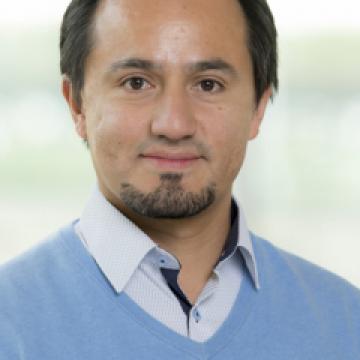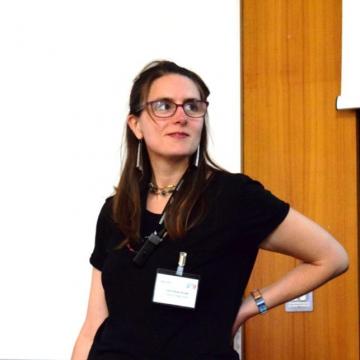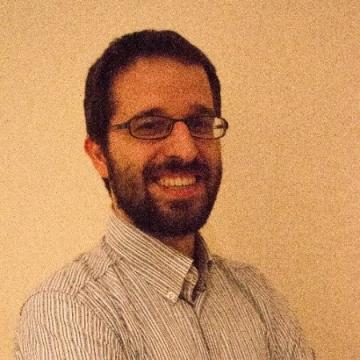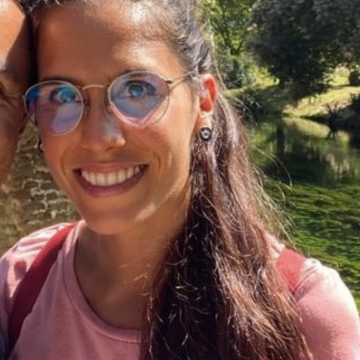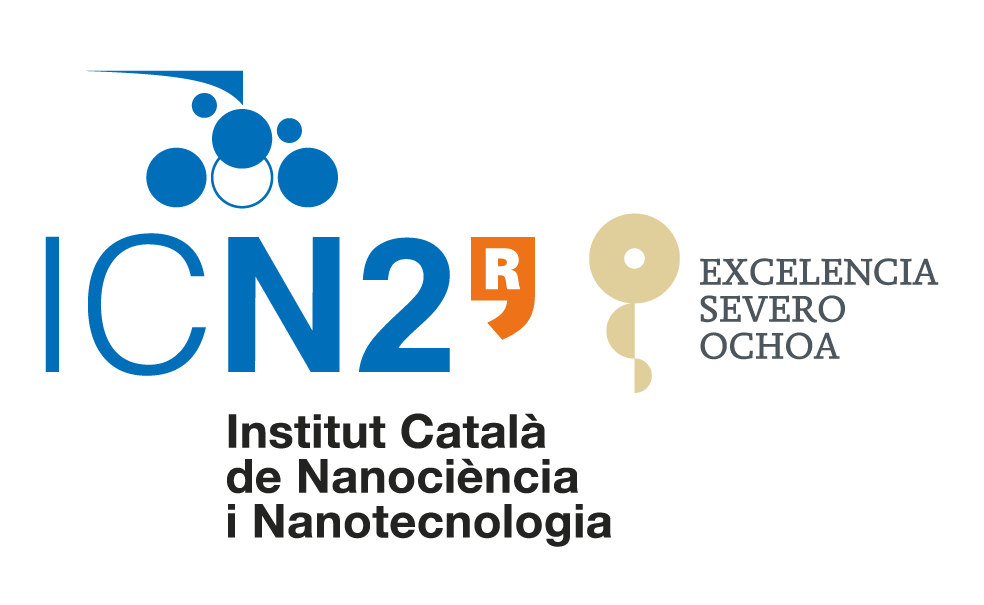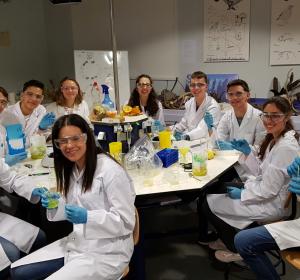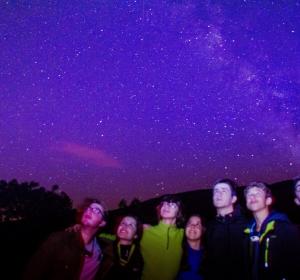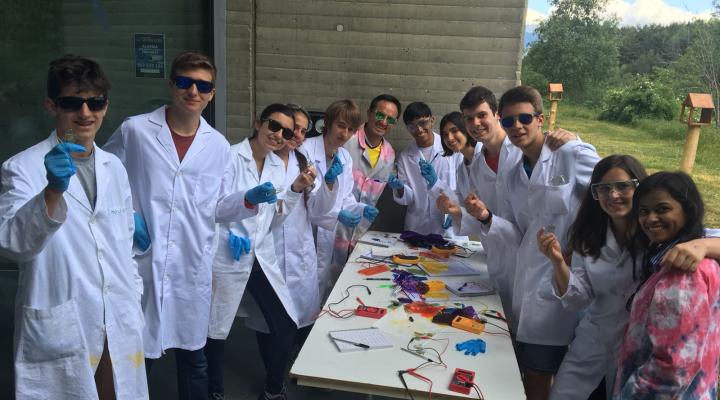
From natural to artificial photosynthesis: the search for new fuels
Basic information
The climate crisis, a result of the use of fossil fuels and the corresponding increase in CO2 emissions, has made the search for sustainable and renewable fuels increasingly urgent. Scientists have proven that artificial photosynthesis is capable of producing fuel from water and sunlight, but the process is still relatively inefficient and new materials are required to carry it out. In this project you will discover how we can copy natural photosynthesis in the lab and what techniques you will need to master to create an artificial leaf that is capable of producing sustainable fuel. The goal is to reduce the impact on the planet by finding solutions that are more efficient than nature. Will we manage it?
What will you learn?
Our planet is currently experiencing the worst climate crisis in history due to the massive CO2 emissions into the atmosphere. This CO2 comes from the use of fossil fuels (oil, petrol, natural gas and so on) to obtain energy. Increased concentrations of greenhouse gas such as CO2 cause global warming with the results of rising sea levels and periods of global drought. All of this makes it more urgent than ever to develop renewable and sustainable energy.
If we look to the environment, we can see how plants are capable of creating their own energy from sunlight, water and CO2. Imagine that we, as scientists, could replicate the same process. Artificial photosynthesis is a chemical process that aims to mimic plants and obtain fuel from sunlight and water through the water separation reaction (2H2O → 2H2 + O2), which allows us to obtain hydrogen (H2) as fuel. Alternatively, CO2 can also be used to produce carbon-based fuels and we can even degrade plastics with this technology.
The separation of water is not a reaction that happens spontaneously in nature, otherwise there would be no water in the seas or rivers. Very complex systems are required to separate water, to capture sunlight and break down the bonds of water molecules to generate oxygen and hydrogen. Using hydrogen as a fuel produces water vapour, the only emission generated after the energy has been obtained.
Despite these advantages, the water separation process is still inefficient, and there is no system capable of completing the process to the required standards. In order to advance with this, we need to find new systems and discover where the limitations lie, and on which stage of this complex reaction the efficiency is lost. This is a very tough challenge and requires a generation of scientists with knowledge of physics, chemistry and materials science to face it. Nature has perfected photosynthesis for millions of years, but we don’t have that much time!
The main objective of the project is to discover and study the theoretical and practical tools needed to find new catalysts to mimic the processes and reactions that take place during natural photosynthesis. In short, you will get acquainted with everything you need to synthesise a catalyst that is more efficient than nature.
During the project, you will first study the chemical reactions that take place when plants carry out photosynthesis. You will go on a field trip around the MónNatura Pirineus centre and measure the efficiency of the photosynthesis of different trees and plants in the Pyrenees. We will study the three basic processes needed to turn water into fuel: light absorption, energy conversion and catalysis.
Next, we will go to the lab to synthesise our own catalysts, which will then carry out artificial photosynthesis. We will investigate two types of catalysts: those that are activated by electrochemical reactions (redox) and those that work when they are irradiated with light (photocatalysts). We will then compare how efficient our catalysts are against natural photosynthesis and see which ones are most efficient. Moreover, we will test some of these materials, for a very promising application: photoreforming! In practice, we will use some of our photo(electro)catalysts to degrade waste materials (like plastics) into simple molecules while producing hydrogen, our green and sustainable fuel. To understand the limitations of these processes and improve on them, you will become familiar with a range of scientific techniques used to study these catalysts, such as X-rays and laser spectroscopy. This will allow us to design and produce new catalysts that are even more efficient.
We will also build our own measuring apparatuses to analyse how efficient the catalysts are: a LEGOs laser system will allow you to evaluate their optical properties, and you will program the software with the Raspberry Pi system to get the data, developing your skills for the fourth industrial revolution! Finally, we will study how to use the fuel with water in a 'fuel cell'. We'll even run a competition with hydrocars to see which one runs best!
The artificial photosynthesis project focuses on chemistry, physics and engineering, combining fieldwork and practical work in the lab. In this project you will study light-induced chemical reactions (a discipline called photochemistry), electrochemical reactions (redox), and the concepts of catalysis and nanotechnology. In short, the project will give you the tools you need to get started with your research. Will you be able to provide a viable solution to save the planet?
Research team
Project led by researchers from the Catalan Institute for Nanoscience and Nanotechnology (ICN2), Stanford (USA), Autonomous University of Barcelona (UAB). Project carried out in English.
